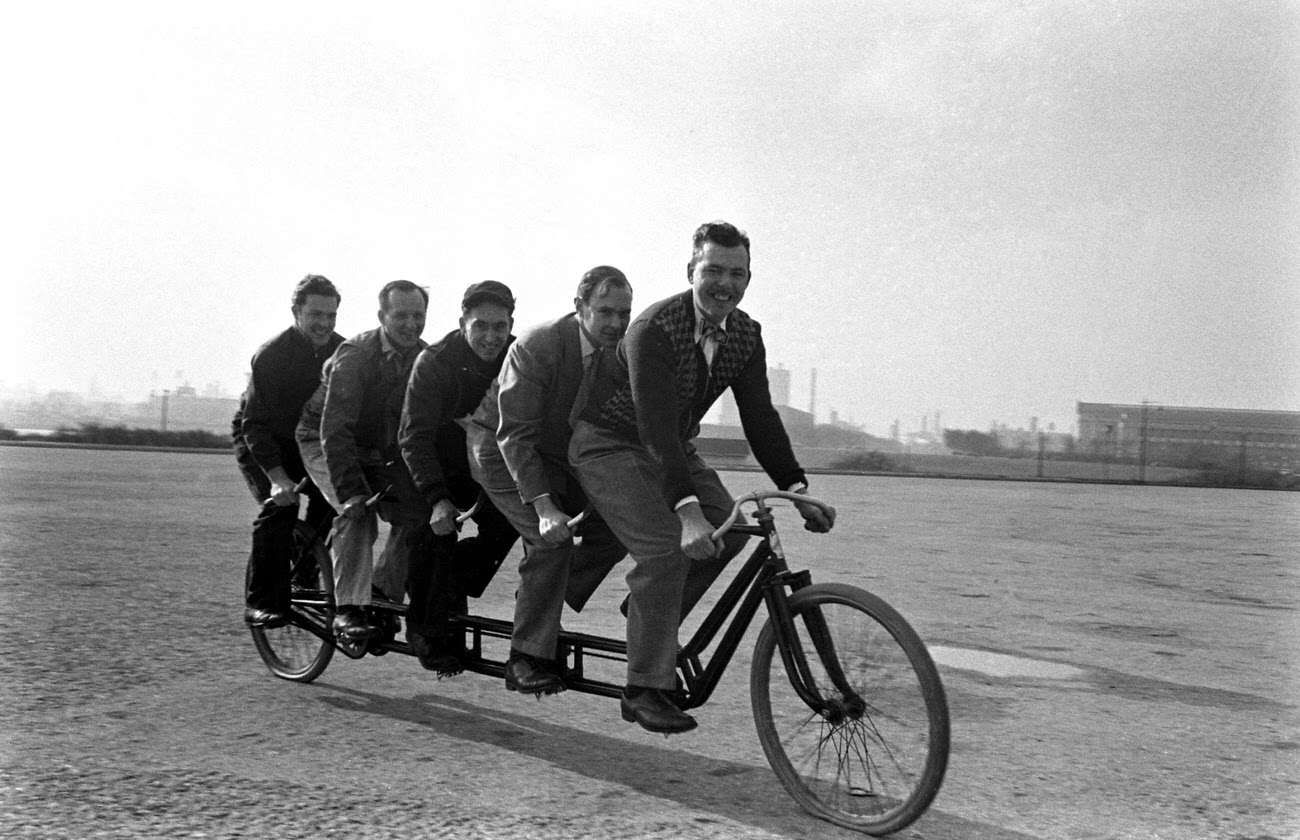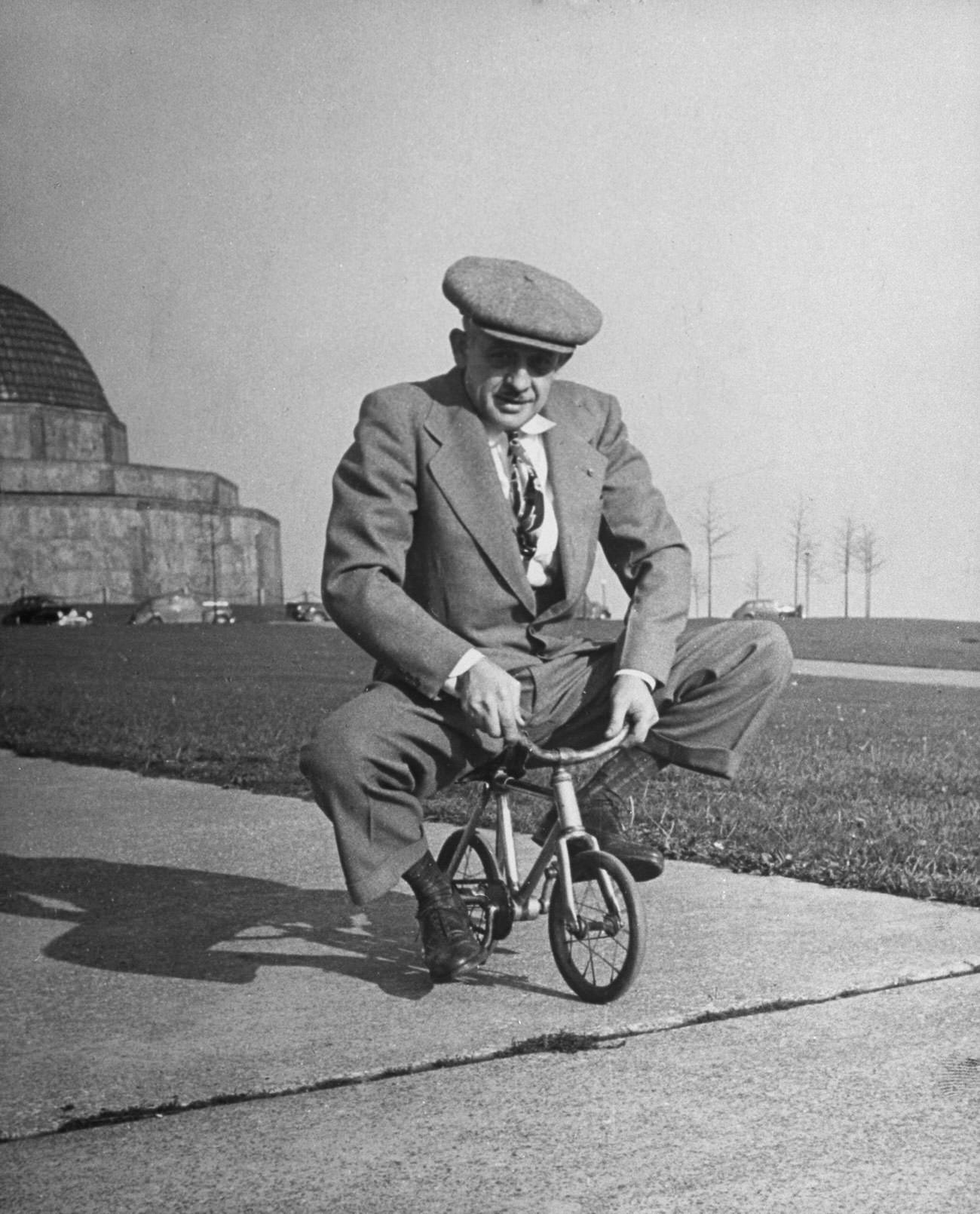The 1940s was a fascinating time for bicycles. After World War II, people were eager to express themselves and enjoy life again. This desire led to some truly unique and crazy bicycle designs. From unusual shapes to wild colors, bicycles became more than just a mode of transportation. They turned into a form of art and self-expression.
The Rise of the Cruiser Bicycle
One of the most popular styles in the 1940s was the cruiser bicycle. These bikes had a relaxed design and were perfect for leisurely rides. They often featured wide tires and a comfortable seat. The handlebars were usually higher, allowing for a more upright riding position.
Cruiser bicycles often came in vibrant colors like bright red, sunny yellow, or deep blue. Some had intricate designs painted on them. These bikes were not just for getting from point A to point B; they were for showing off. People loved to ride their cruisers to the beach or around the neighborhood, feeling the wind in their hair..
Read more
The Banana Seat Trend
Another quirky trend in the 1940s was the banana seat. This long, narrow seat gave bicycles a unique look. It was often padded and came in bright colors, making it stand out even more. The banana seat allowed riders to sit back and relax while pedaling.
Many bikes with banana seats also featured high handlebars. This combination gave the bike a fun, playful appearance. Kids loved these bikes, as they felt cool riding them with their friends. The banana seat quickly became a symbol of youth and freedom during this time.
Unique Frame Designs
The 1940s also saw some creative frame designs. Some bicycles had frames shaped like animals or other objects. For example, some bikes were made to look like a fish or a rocket. These whimsical designs appealed to children and adults alike.
Manufacturers experimented with different materials as well. While steel was the most common, some bikes had frames made of lighter materials like aluminum. This innovation allowed for more creative shapes and styles. The unique frames made these bicycles stand out in a crowd.
Custom Paint Jobs
Custom paint jobs were another exciting aspect of 1940s bicycles. Riders often personalized their bikes with unique designs. They used bright colors, patterns, and even decals. Some riders painted flames or stars on their bikes, giving them a one-of-a-kind look.
This trend of customization allowed people to express their personalities. A bicycle became more than just a vehicle; it became a reflection of who they were. Many riders took pride in showing off their custom paint jobs at local events or parades.
The Popularity of Bicycle Clubs
During the 1940s, bicycle clubs began to gain popularity. These clubs brought people together who shared a love for cycling. Members of these clubs often organized rides, races, and social events. They also showcased their unique bicycles, creating a sense of community.
These clubs allowed people to share tips on customization and maintenance. New designs could be seen at club events, inspiring others to get creative with their bikes. The camaraderie added to the excitement of owning a unique bicycle.
















